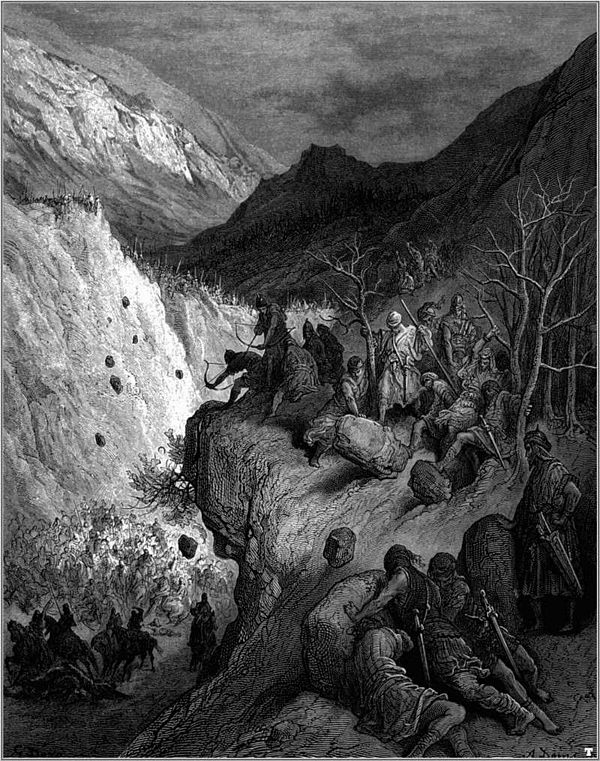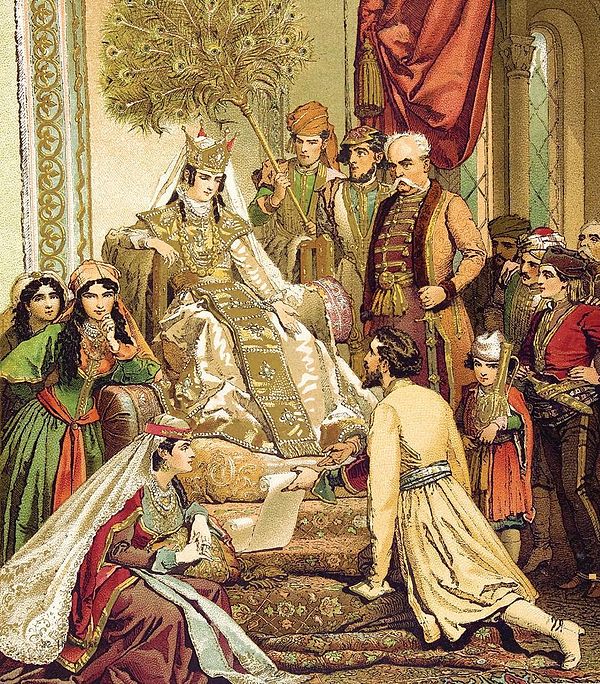
Sultanate of Rum
The Sultanate of Rum was a Turko-Persian Sunni Muslim state, established over conquered Byzantine territories and peoples (Rûm) of Anatolia by the Seljuk Turks following their entry into Anatolia after the Battle of Manzikert (1071). The Sultanate of Rum seceded from the Great Seljuk Empire under Suleiman ibn Qutalmish in 1077, just six years after the Byzantine provinces of central Anatolia were conquered at the Battle of Manzikert (1071). It had its capital first at Nicaea and then at Iconium. It reached the height of its power during the late 12th and early 13th century, when it succeeded in taking key Byzantine ports on the Mediterranean and Black Sea coasts. In the east, the sultanate reached Lake Van. Trade through Anatolia from Iran and Central Asia was developed by a system of caravanserai. Especially strong trade ties with the Genoese formed during this period. The increased wealth allowed the sultanate to absorb other Turkish states that had been established following the conquest of Byzantine Anatolia: Danishmendids, House of Mengüjek, Saltukids, Artuqids.
The Seljuk sultans bore the brunt of the Crusades and eventually succumbed to the Mongol invasion at the 1243 Battle of Köse Dağ. For the remainder of the 13th century, the Seljuks acted as vassals of the Ilkhanate. Their power disintegrated during the second half of the 13th century. The last of the Seljuk vassal sultans of the Ilkhanate, Mesud II, was murdered in 1308. The dissolution of the Seljuk state left behind many small Anatolian beyliks (Turkish principalities), among them that of the Ottoman dynasty, which eventually conquered the rest and reunited Anatolia to become the Ottoman Empire.

























